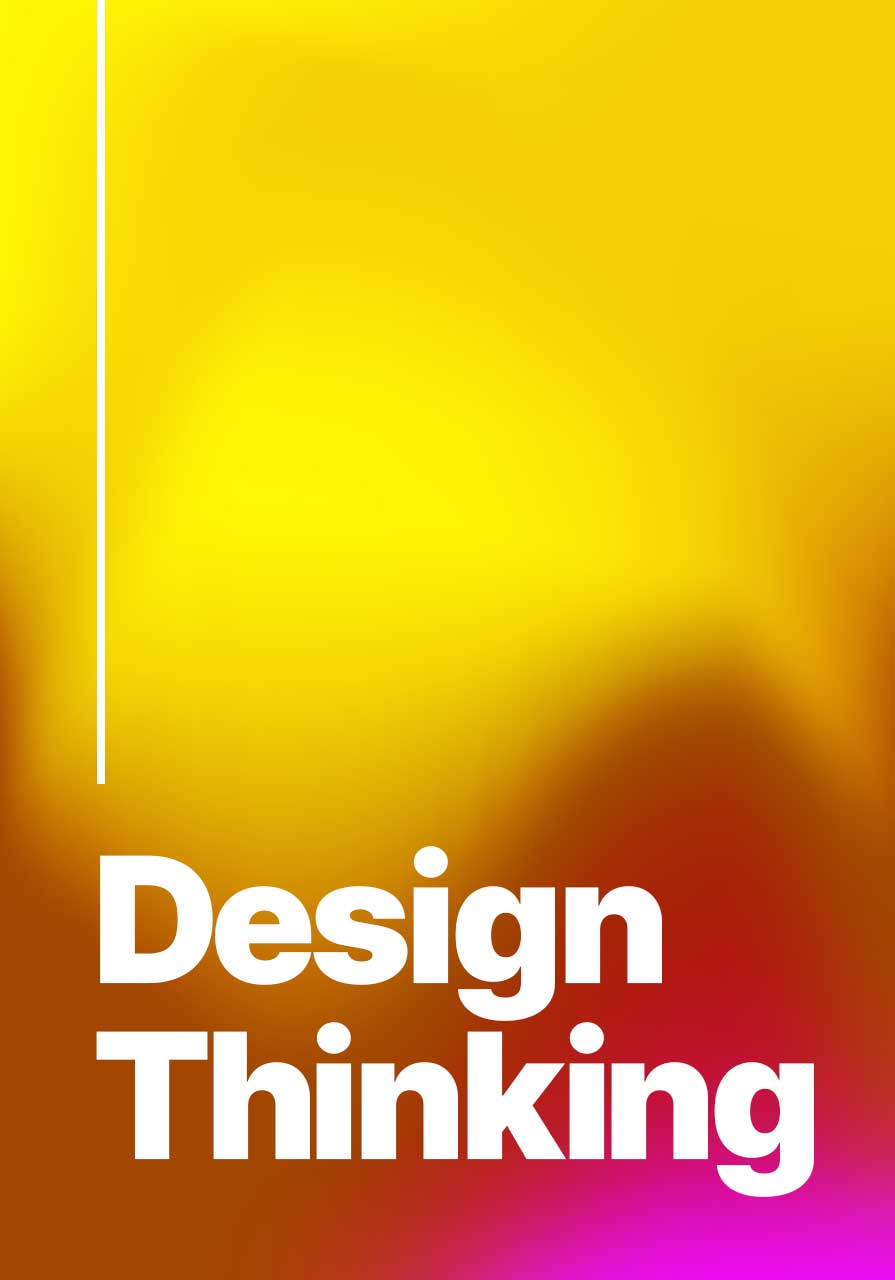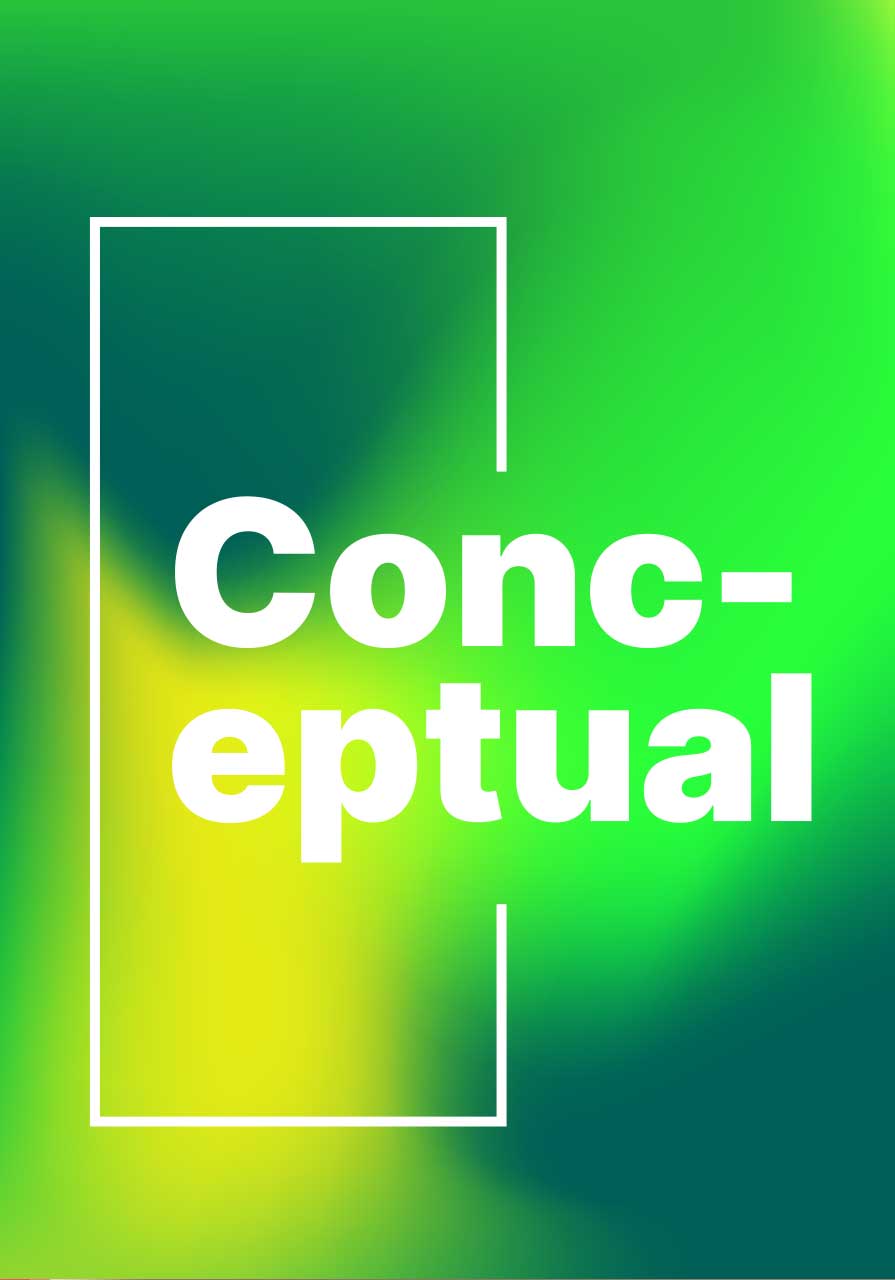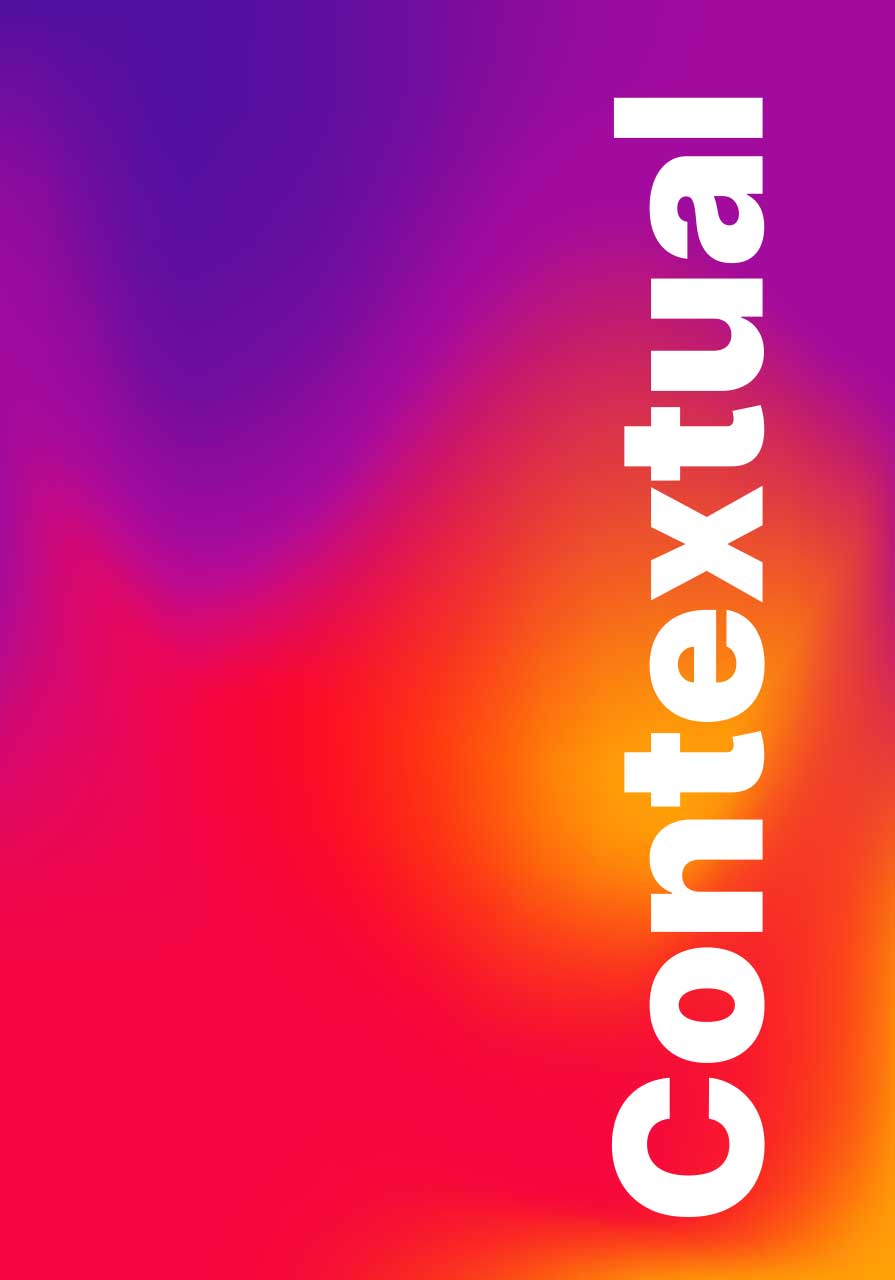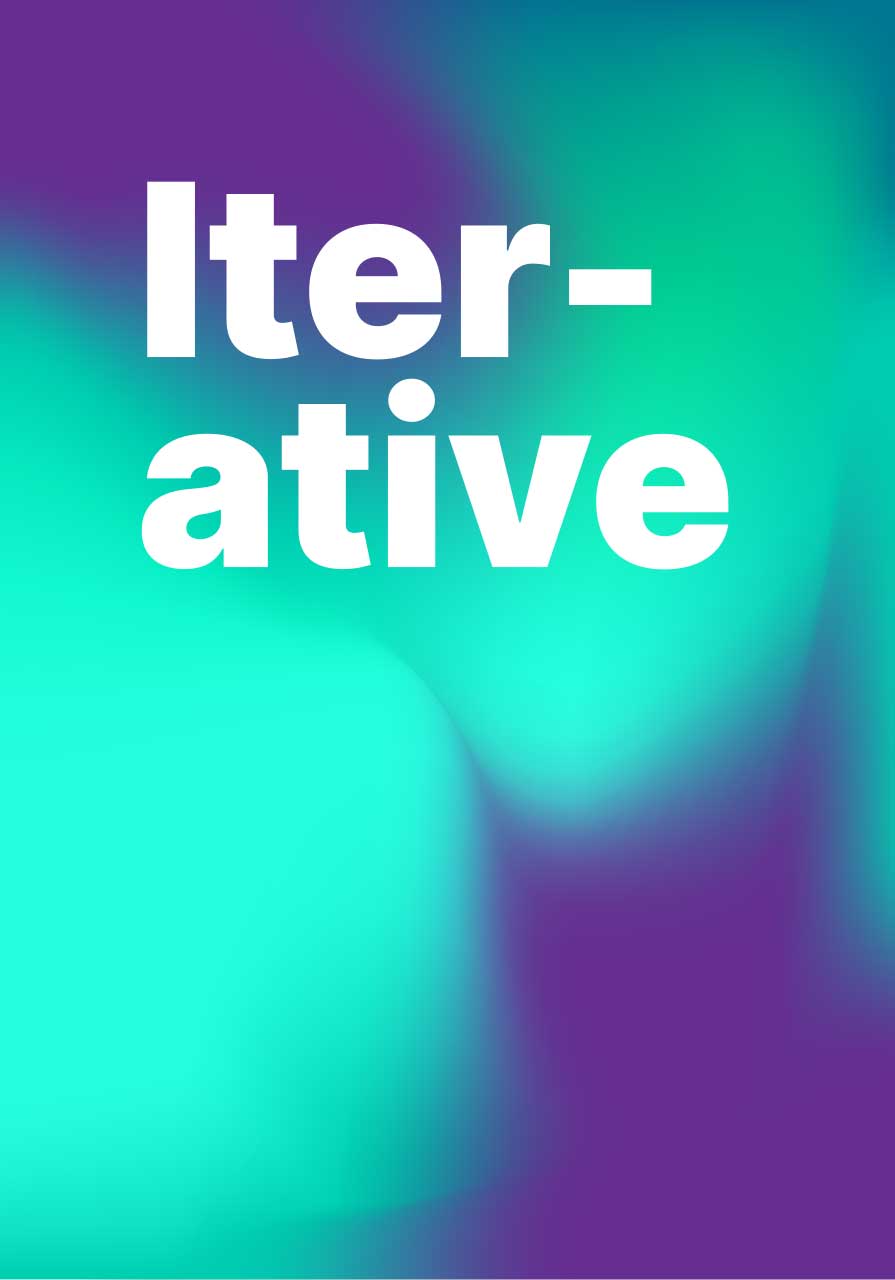Experiential Design
The standards of design and innovation are never static. The digital world is continuously changing the mold of conventional ways of design. In the realm of UI/UX design, experiential design comes to full fruition when it challenges the traditional and transcends the standard with interactive, intuitive, and industry-disruptive modes of design. UI/UX designs that take a user on a journey with interactive components and innovative design crafts what is known as experiential design.
Designing and developing a UI/UX interface into one that builds experiences in meaningful ways can be achieved when designing with a human-centric and data-driven approach.

Those who delve into the experiential realm refuse to remain stagnant and push the boundaries of digital design.
Human-Centric Design & Emotion
Designing experiences prioritizes human-centric approaches because one of the core aspects is prioritizing the integrity of human enjoyment, engagement, and connection throughout the design. Heightening human emotions is achieved through engaging visuals with graphic design, immersive storytelling through the content building, and innovative functionality. Much like user-centric design, experiential design places the user at the forefront of design to build a connection to their interactive experiences and to connect to users in a meaningful way.
Graphic Design
UI/UX digital products that are built with experiential principles in mind engage the cognitive senses and emotions of users through design directions that diverge toward a bolder, untraditional path. Experiential graphic design elements often include bold, large typography, interactive scrolling animations, dynamic parallax navigation, videography incorporation, and more. Experiential graphic design elements and design systems are meant to pull in the users’ attention with an experience that becomes memorable through visual cues that will spark a level of recognizability.
Visually captivating elements, however, aren’t simply enough. No matter how aesthetically or visually appealing a design is, without fault-proof functionality, usability, and accessibility, a design cannot fully claim its experiential virtues in those core facets.
Branding
Many brands are incorporating experiential design in their processes to build audience connectivity that also enables them to stand out in a saturated market. From implementing AI chatbots to augmented reality eCommerce tools, exclusive storefront events online, and digital product design that advances traditional standards, experiential design strengthens any brand image. Experiential design for branding can also be incorporated to emphasize a core message that will help not only drive future conversions and loyalty but place a brand on an elevated footing against others.
Experiential eCommerce
In our modern day, eCommerce has become reconceptualized to match the demand of the digital world and its consumers. Many UI/UX web developers have leveraged this by implementing experiential strategies into their designs to engage consumers. As stated, brands utilize augmented realities to be a differentiator but to also create an experience as users shop online. From virtual “try-on” features, augmented item placement in real-time with a smartphone camera, or even VR headsets to shop online these new models are the epitome of what makes experiential design different than traditional eCommerce development.
As the digital design industry continues to grow at a meteoric rate, industry disruptive modes of creativity are optimizing what it means to challenge the conventional, and ingeniously place the user at the center of any experience.



